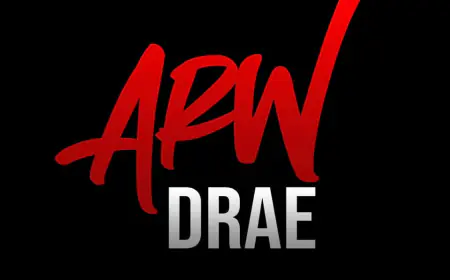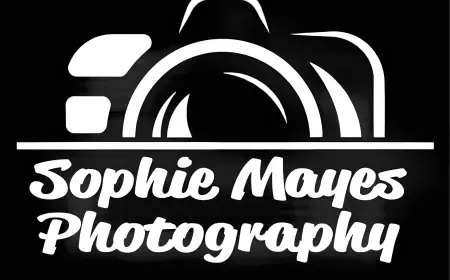How to Protect Copyright as a Photographer - A Comprehensive Guide
Learn how to protect your copyright as a photographer with this comprehensive guide. Understand the importance of copyright protection for photographers, the basics of copyright law and how it applies to photography, and guidance on copyright protection measures such as watermarking, registering copyrights, and enforcing rights. Safeguard your creative work and maintain control over its usage by implementing effective copyright protection strategies.
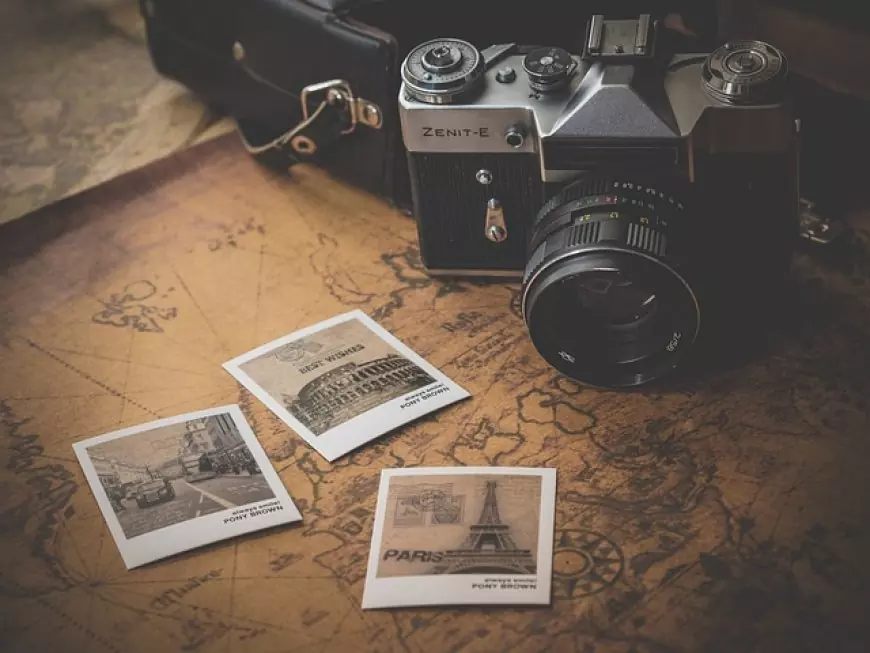
Discover the art of automotive expression with Stance Auto Magazine. "Unleash your passion for unique builds, performance upgrades, and the vibrant car culture. Stay updated with the latest news, in-depth features, and expert insights. Join our community of like-minded enthusiasts and elevate your automotive experience. Explore Stance Auto Magazine today!"
All Photographs are supplied and owned by the Photographer named, our Photographers can be found HERE!
Order Your Printed Magazine Here!!
How do I Protect My Copyright as a Photographer?
Protecting your copyright as a photographer is crucial for safeguarding your creative work and ensuring that you maintain control over its use and distribution. Here's what you need to know about copyright protection:
Importance of Copyright Protection for Photographers:
Ownership and Control: Copyright protection establishes you as the legal owner of your photographs. It grants you exclusive rights to reproduce, distribute, display, and modify your work. By asserting your copyright, you retain control over how your images are used and can authorize or prohibit their reproduction.
Financial Benefits: Copyright protection enables you to monetize your photographs. By licensing your images, you can generate income through commercial usage, prints, stock photography, or assignments. Copyright protection helps you secure payment for your creative efforts and preserves the value of your work.
Recognition and Attribution: Copyright protection ensures that you receive proper recognition and attribution for your photographs. It allows you to assert your authorship and be acknowledged as the creator of the work. This is important for building your professional reputation and credibility in the photography industry.
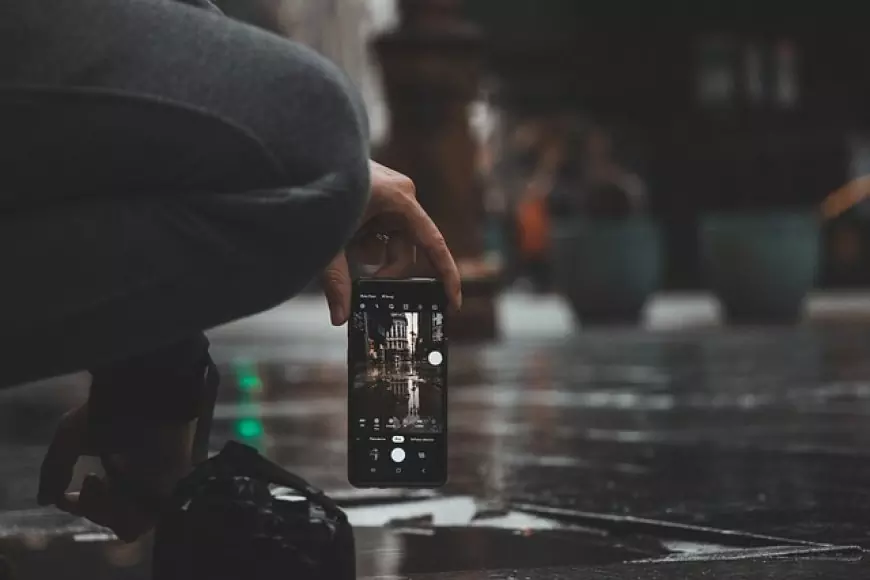
Basics of Copyright Law and How It Applies to Photography:
Automatic Protection:
In most countries, including the United States, copyright protection is automatically granted to photographers as soon as they create an original photograph. Registration or filing is not required for copyright to exist. However, registering your work provides additional legal benefits and simplifies enforcement.
Copyright Duration:
Copyright protection typically lasts for the creator's lifetime plus a certain number of years after their death. The duration varies depending on the country and specific circumstances. It is important to understand the copyright duration in your jurisdiction.
Copyright Infringement:
Copyright infringement occurs when someone uses your copyrighted work without your permission or in violation of the exclusive rights granted to you. This can include unauthorized copying, displaying, or distribution of your photographs. It is important to monitor and take action against any instances of copyright infringement.
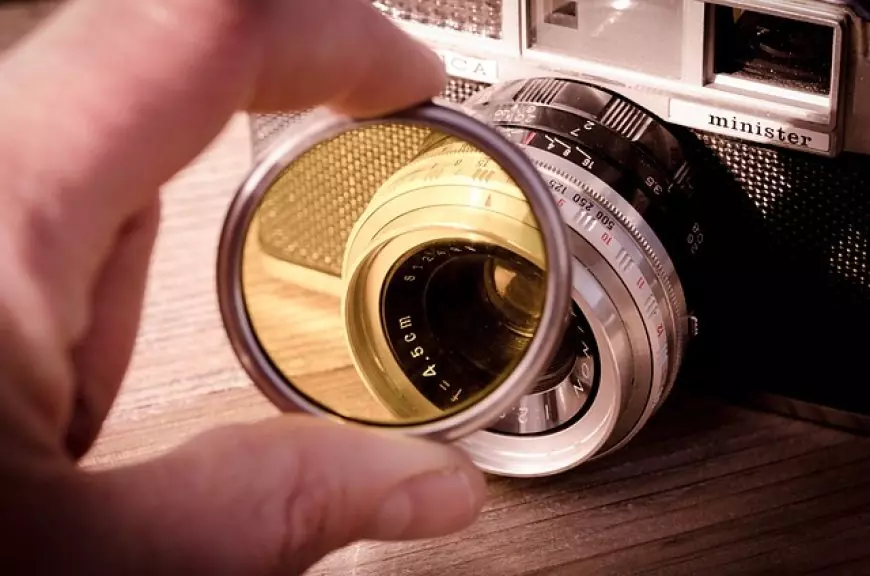
Guidance on Copyright Protection Measures:
Watermarking:
Consider adding a visible watermark to your images before sharing them online. Watermarks can include your name, logo, or copyright symbol. While watermarks don't provide foolproof protection, they can act as a deterrent and serve as a reminder of your rights.
Registering Copyrights:
Although copyright protection exists automatically, registering your photographs with the copyright office in your country provides additional legal benefits. In some jurisdictions, registration is required before pursuing legal action for copyright infringement. Check the copyright registration process in your country for specific requirements.
Enforcing Copyrights:
If you discover unauthorized use of your photographs, take appropriate action to enforce your rights. This can involve sending cease and desist letters, negotiating licensing agreements, or pursuing legal action through the courts. Consult with a legal professional specializing in copyright law for guidance on the best course of action.
Remember, copyright protection is vital for photographers to safeguard their creative work and maintain control over its usage. While copyright protection exists automatically, taking additional measures such as watermarking, registering copyrights, and enforcing rights can further strengthen your position as a copyright holder. By protecting your copyright, you can preserve the integrity of your work and ensure that it is used and attributed appropriately.
Read The Other Articles On This Topic
What is the Best Camera for Beginners?
What are the Essential Photography Skills to Learn?
How do I Improve my Composition Skills?
How do I Use Light to Create Better Photos?
How do I Edit my Photos in Post-Production?
How do I Start a Photography Business?
Have your say, and leave a COMMENT BELOW, it helps the story get more views and reach the Printed Magazine, Thank you.
All of our Magazines can be found on Amazon, they Print and Deliver worldwide, Stance Auto can not be held responsible for the final print, and all complaints and returns must be directed to Amazon.
UKTM no: UK00003572459
 Like
0
Like
0
 Dislike
0
Dislike
0
 Love
0
Love
0
 Funny
0
Funny
0
 Angry
0
Angry
0
 Sad
0
Sad
0
 Wow
0
Wow
0






















































































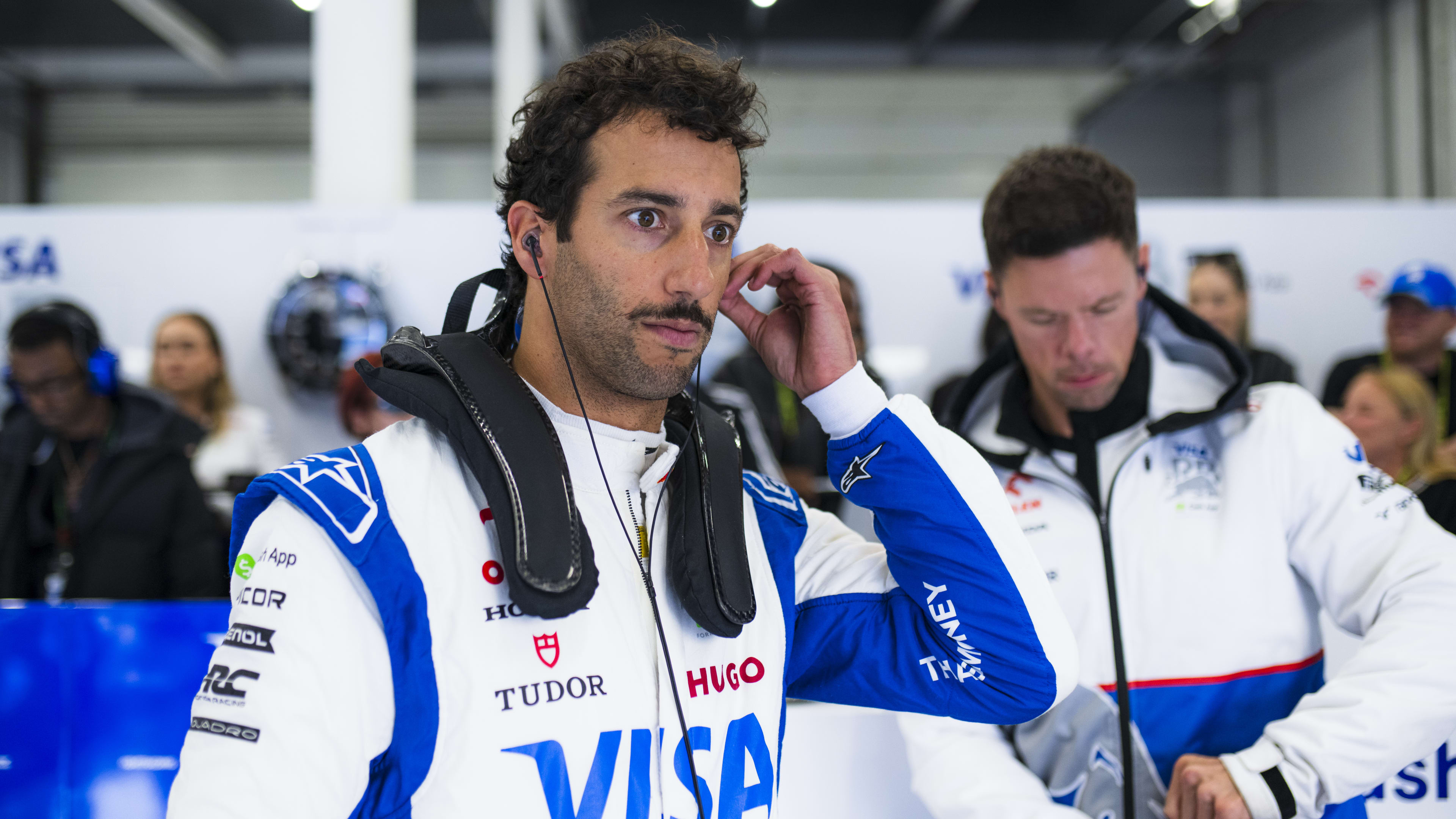


.png)












![[HOONIGAN] Ken Block's GYMKHANA NINE](https://img.youtube.com/vi/_bkX5VkZg8U/maxresdefault.jpg)


















































































![[HOONIGAN] KEN BLOCK'S GYMKHANA SEVEN: WILD IN THE STREETS OF LOS ANGELES](https://cdn.motor1.com/images/mgl/2KlO4/s1/ken-block-london-tour-directors-cut.jpg)


